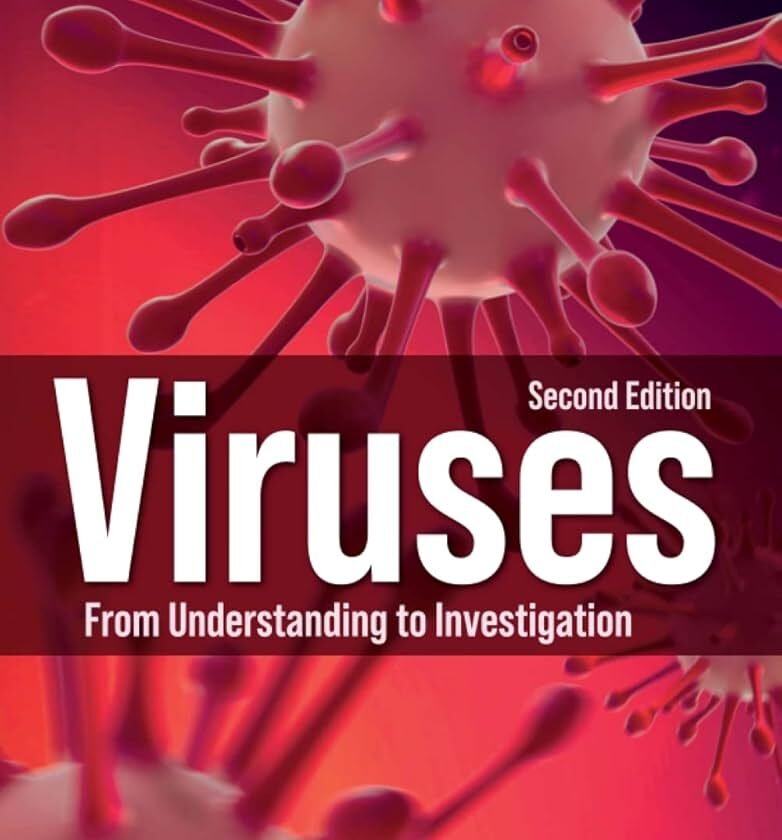Understanding the Virus: What It Is and Its Full Form
Introduction to Viruses
Viruses are microscopic infectious agents that require a living host cell to replicate and propagate. Unlike bacteria, viruses cannot carry out metabolic processes on their own and are considered non-living entities when outside a host. Their structure typically consists of genetic material (DNA or RNA) encased in a protein coat called a capsid, and in some cases, a lipid envelope.
The Full Form of Virus
The term “virus” does not have a commonly accepted full form, as it is derived from the Latin word “virus,” meaning “poison” or “toxicity.” This name reflects the harmful nature of viruses, which can cause various diseases in humans, animals, and plants. However, in various contexts, acronyms related to specific viruses can be created, such as HIV (Human Immunodeficiency Virus) or influenza virus, but “virus” itself remains a standalone term.
Importance of Studying Viruses
Studying viruses is crucial for several reasons. First, understanding their structure and function helps in developing vaccines and antiviral medications, which are essential for public health. As seen during global pandemics, such as COVID-19, a thorough understanding of viral transmission and infection mechanisms can inform prevention strategies and mitigate outbreaks. Moreover, the study of viruses also contributes to advancements in genetic engineering and biotechnology.
Current Research and Developments
Research on viruses has intensified in recent years, especially with the advent of new technologies like CRISPR and mRNA vaccines. Scientists are exploring how viruses can be used in gene therapy, cancer treatment, and other therapeutic approaches. This evolving field presents numerous opportunities for innovation in medicine and public health.

Why This News is Important
Public Health Implications
The study of viruses is critical in the context of global health security. As viruses can mutate and evolve, continuous surveillance and research are necessary to preemptively identify potential threats. The COVID-19 pandemic has highlighted how quickly a novel virus can spread, making it imperative for governments and health organizations to invest in viral research and preparedness.
Development of Vaccines
Understanding viruses directly contributes to the development of vaccines, which are essential for preventing viral infections. For example, the rapid development of mRNA vaccines during the COVID-19 pandemic demonstrates the importance of virology in addressing health crises. This knowledge is crucial for future pandemic preparedness.
Role in Biotechnology
Viruses also play a significant role in biotechnology. Research is exploring how viruses can be utilized for gene delivery systems in gene therapy and the development of targeted therapies for diseases such as cancer. Understanding their mechanisms opens new avenues for innovative treatments that could revolutionize modern medicine.
Historical Context: Background on Viruses
Early Discoveries
The study of viruses began in the late 19th century with the discovery of tobacco mosaic virus (TMV) by Dmitri Ivanovsky and Martinus Beijerinck. This groundbreaking work laid the foundation for virology as a scientific discipline. Since then, significant advancements have been made in understanding various viruses, including those responsible for diseases like influenza, polio, and HIV.
Advances in Virology
The 20th century saw remarkable progress in virology, particularly with the development of vaccines for polio, measles, and other viral diseases. The invention of electron microscopy allowed scientists to visualize viruses for the first time, leading to further discoveries about their structure and function.
The Role of Technology in Viral Research
In recent decades, advancements in genetic sequencing and bioinformatics have transformed viral research. Scientists can now analyze viral genomes quickly, enabling rapid responses to emerging viral threats. This technological revolution is critical in managing outbreaks and understanding virus evolution.
Key Takeaways from “Understanding the Virus”
| S.No | Key Takeaway |
|---|---|
| 1 | Viruses are non-living entities that require a host to replicate. |
| 2 | The term “virus” is derived from the Latin word meaning “poison.” |
| 3 | Understanding viruses is crucial for vaccine development and public health. |
| 4 | Recent advancements in virology focus on using viruses in gene therapy. |
| 5 | Historical research has paved the way for significant progress in treating viral diseases. |
Important FAQs for Students from this News
1. What are viruses?
Viruses are microscopic infectious agents that require a living host to replicate. They consist of genetic material (DNA or RNA) encased in a protein coat and sometimes a lipid envelope.
2. How do viruses differ from bacteria?
Unlike bacteria, viruses are not considered living organisms outside a host. They cannot carry out metabolic processes independently and require host cells to replicate.
3. Why is the study of viruses important?
Studying viruses is crucial for developing vaccines and antiviral medications, understanding disease transmission, and preparing for potential outbreaks.
4. What is the full form of the term “virus”?
The term “virus” does not have a full form as it is derived from the Latin word meaning “poison.” However, specific viruses may have acronyms, such as HIV for Human Immunodeficiency Virus.
5. How has technology impacted viral research?
Advancements in genetic sequencing and bioinformatics have transformed viral research, allowing for rapid analysis of viral genomes and improved responses to emerging threats.
Some Important Current Affairs Links


















